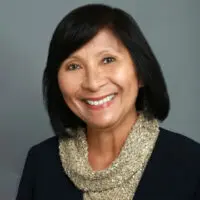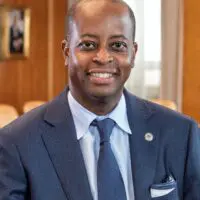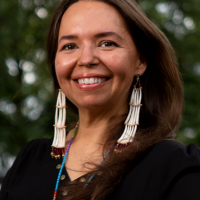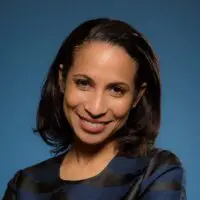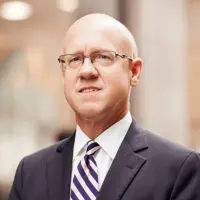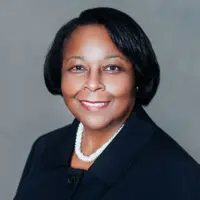There are currently 115,009 independent foundations in the United States with assets totaling $960 billion. And according to Giving USA’s Annual Report on Philanthropy for the Year 2020, foundation giving grew at a faster rate than any other source over the previous year, now comprising 19% of total giving in the United States. This leads to an overwhelming number of opportunities for foundation funding—so it’s important to focus your time!
In order to best use your team’s limited resources, it’s advantageous for all organizations to develop a system to qualify and prioritize new funding opportunities. This process will ensure that your team spends their time cultivating foundations and applying for grants where you have the strongest likelihood of success.
Criteria to consider when applying for a grant:
As you determine whether to dedicate time and resources to submit a proposal for a new funding opportunity, organizations should consider each of the below criteria on a scale of zero to five.
Click here to download an Excel template for completing this exercise.
- Mission Alignment: How well does your organization fit within the foundation or this particular opportunity’s giving criteria? 0 is a weak fit and 5 is a very strong fit.
- Giving Capacity: What is the capacity of the foundation and what size grant could they give to your organization? 0 is a smaller grant and 5 is a large grant, as defined by your organization.
- Relationship: Does anyone in your organization, either staff or a board member, have an existing relationship with someone at the foundation? 0 is no relationship and 5 is a strong relationship. Note: when scoring this section, be sure to consider how important a relationship may be in a foundation’s grantmaking. For example, does the foundation accept unsolicited proposals or is it necessary to form a relationship with the organization in advance?
- Timing: How much time will it take your team to complete the application or next step? Will it take lead time to develop a relationship with the organization before you can submit a proposal? Is this a rigorous or straightforward application process? 0 is a significant amount of time or challenging process, and 5 is not much time or an easy process.
You can then total the score from all four categories to assign a priority level for the funding opportunity. We recommend utilizing the following ranges to assign priority:
- High priority: 15-20 points
- Medium priority: 10-14 points
- Low priority: 7-9 points
- Disqualified: Less than seven points
Criteria to consider when applying for a prize:
When applying for a prize, as in, there are only a certain number of “winners” for a specific funding opportunity, you may want to look at the above criteria differently.
- Mission Alignment: Since prizes can be very competitive, you should ensure that your organization is a strong fit for the prize’s funding criteria.
- Giving Capacity: Prizes often offer larger grants and come with great exposure for your organization. However, a prize may only lead to a one-time gift rather than consistent annual funding. If you are launching a new initiative with a ramp-up cost, this is a strong option, but you must be prepared to identify other sources to support ongoing budget needs.
- Relationship: Your relationship with the foundation may not be as important when applying for a prize as it is when trying to get your foot in the door through the grantmaking cycle, especially when many foundations do not accept unsolicited proposals.
- Timing: The application for prizes can be very time-consuming and include more steps than a general grant proposal. On the other hand, you may not have to spend as much time finding a connection to and forming a relationship with the foundation.
In conclusion, by taking time at the outset to develop a rubric and prioritization system, your organization will proceed through an otherwise overwhelming process with more confidence and with a greater chance of achieving success.
More Insights
2025 Philanthropic Landscape, 14th Edition
This report provides a comprehensive look at the current state of US philanthropy, compiling and analyzing annual data from Giving USA and other prominent research to ensure your organization stays up-to-date on the most significant industry trends.
CCS Philanthropy Pulse
Uncover the latest fundraising trends in the 2025 CCS Philanthropy Pulse report! Packed with data-rich insights from 600+ nonprofit organizations across diverse nonprofit sectors, this free report will help you plan for success in 2025.
